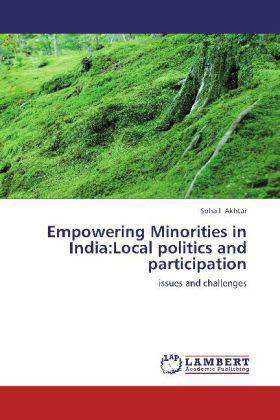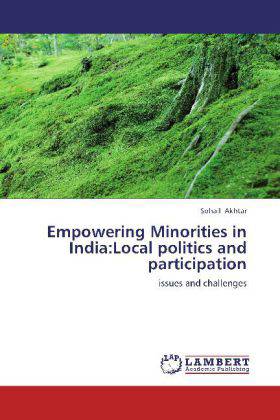
- Afhalen na 1 uur in een winkel met voorraad
- Gratis thuislevering in België vanaf € 30
- Ruim aanbod met 7 miljoen producten
- Afhalen na 1 uur in een winkel met voorraad
- Gratis thuislevering in België vanaf € 30
- Ruim aanbod met 7 miljoen producten
Zoeken
€ 48,45
+ 96 punten
Omschrijving
India is a plural society which is multi-religious and multi-ethnic. It is divided into communities and community based identities on language, religion, cast and tribe. These communities vary in terms of socio- economic profile with some communities being marginalized. There are substantial differences in socio- economic and demographic profiles of major religious communities in India, mainly resulting from socio-cultural and historical reasons. This is the case with Muslims in India, they have 14% population of India are not only largest minority community but highly noticeable in the entire length and breadth of the country. This significant minority community has been reduced to the lowest socio-economic stratum in post independence India. They are economically poor, educationally most backward as well as politically marginalized community of the country. We do hope that present study will benefited to scholars, social scientist and policy makers.
Specificaties
Betrokkenen
- Auteur(s):
- Uitgeverij:
Inhoud
- Aantal bladzijden:
- 92
- Taal:
- Engels
Eigenschappen
- Productcode (EAN):
- 9783848411139
- Verschijningsdatum:
- 2/07/2012
- Uitvoering:
- Paperback
- Formaat:
- Trade paperback (VS)
- Afmetingen:
- 152 mm x 229 mm
- Gewicht:
- 145 g

Alleen bij Standaard Boekhandel
+ 96 punten op je klantenkaart van Standaard Boekhandel
Beoordelingen
We publiceren alleen reviews die voldoen aan de voorwaarden voor reviews. Bekijk onze voorwaarden voor reviews.











